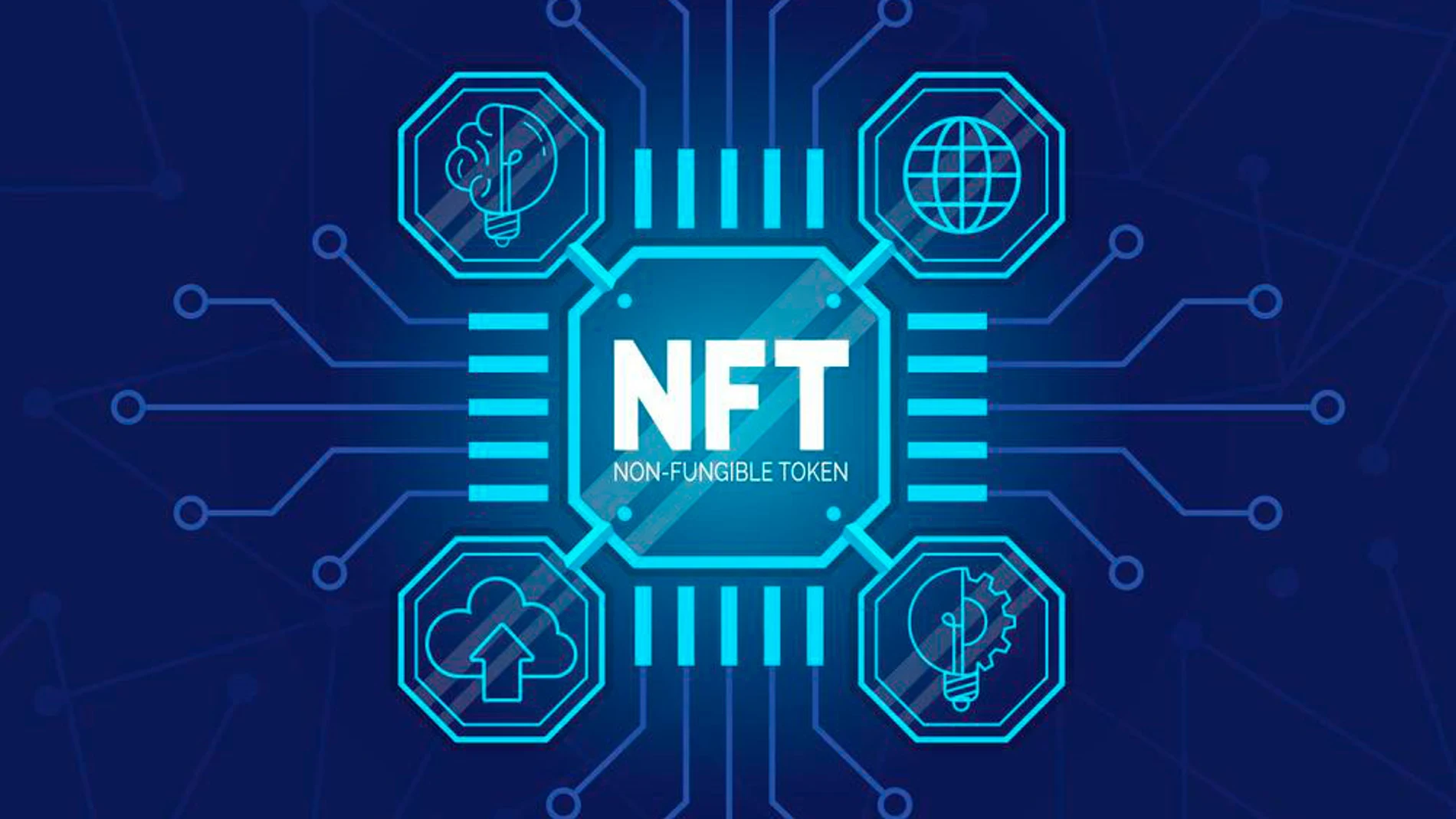NFTs, or Non-Fungible Tokens, represent a significant shift in the digital world, particularly in terms of digital ownership and the concept of uniqueness in the digital realm. Here's an explanation of what they are and how they work:
What Are NFTs?
1. Non-Fungible: Unlike cryptocurrencies like Bitcoin or traditional currencies which are fungible (one unit is interchangeable with another), NFTs are unique. Each NFT has distinct properties and is not interchangeable with other tokens.
2. Digital Assets: NFTs are digital assets that represent real-world objects like art, music, in-game items, and videos. They are bought and sold online, frequently with cryptocurrency.
3. Blockchain Technology: NFTs are typically held on the Ethereum blockchain, although other blockchains support them as well. The blockchain acts as a decentralized ledger that tracks the ownership and transaction history of each NFT.
4. Proof of Ownership: An NFT is a certificate of ownership for a digital object. This is significant in the digital world where duplication and piracy are commonplace.
How Do NFTs Work?
1. Creation or Minting: An NFT is created, or "minted" through a process that involves uploading a digital file to an NFT marketplace. This process creates a blockchain-based digital certificate of the item's uniqueness and ownership.
2. Buying and Selling: NFTs are bought and sold on various online platforms. Prices are set by the market's demand, and transactions often occur using cryptocurrencies.
3. Smart Contracts: These are self-executing contracts with the terms of the agreement between buyer and seller written into lines of code. They govern the terms for the transfer of the NFT between parties.
4. Royalties: A unique feature of NFTs is that creators can program in royalties so they receive a percentage of sales whenever the NFT is sold to a new owner.
5. Interoperability: NFTs can be designed to be interoperable with multiple applications and platforms. For instance, a digital artwork NFT may be displayed in virtual galleries.
Key Considerations:
- Value and Speculation: The value of NFTs is highly speculative. It can fluctuate widely based on demand, cultural trends, and the perceived value of the underlying asset.
- Environmental Impact: The energy consumption of blockchain networks like Ethereum, which most NFTs rely on, is a significant environmental concern.
- Market Risks: The NFT market is volatile and relatively unregulated, presenting financial risks for buyers and sellers.
- Digital vs. Physical Ownership: Owning an NFT typically means you own a token that represents the digital file, not the copyright to the digital work itself.
Conclusion:
NFTs have opened up new possibilities for digital content creators and collectors, providing a way to assert ownership over digital assets. However, they also come with a range of challenges and considerations, especially concerning their value, environmental impact, and the nature of digital ownership. As the technology and market evolve, so will the way we interact with and perceive NFTs.
Thank you for reading...




No comments:
Post a Comment